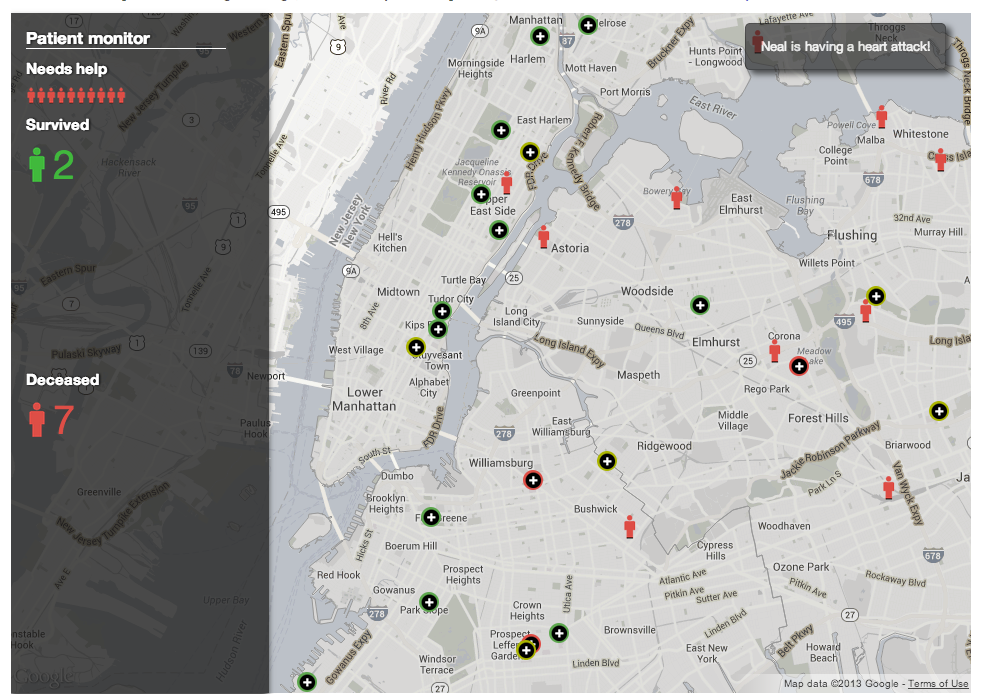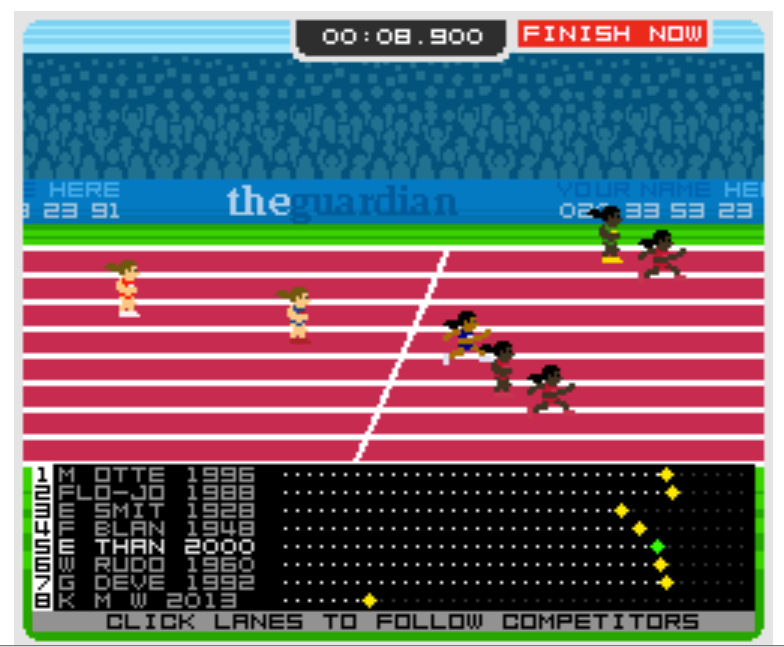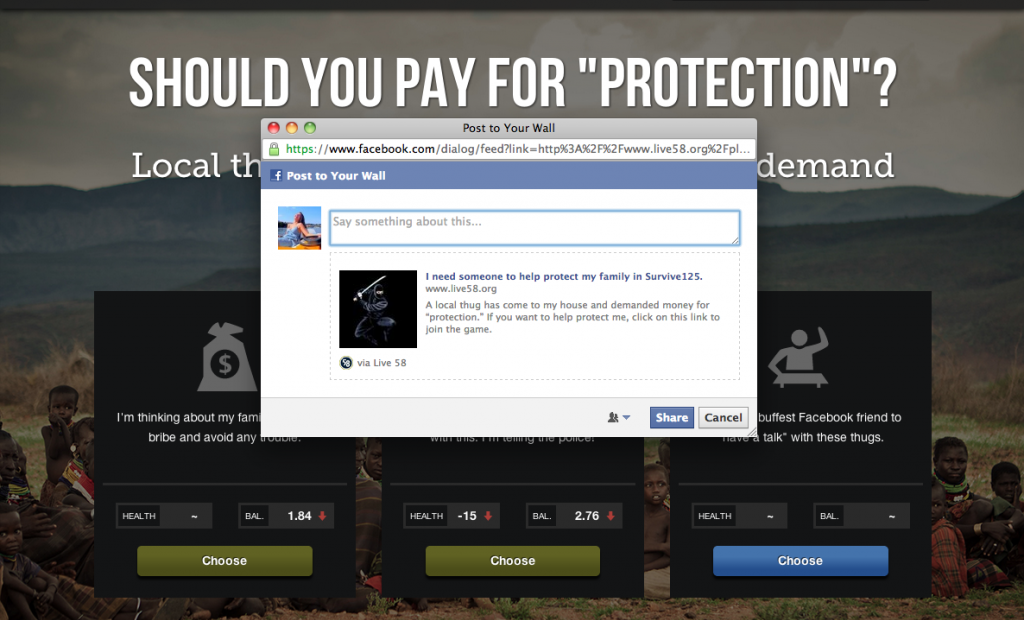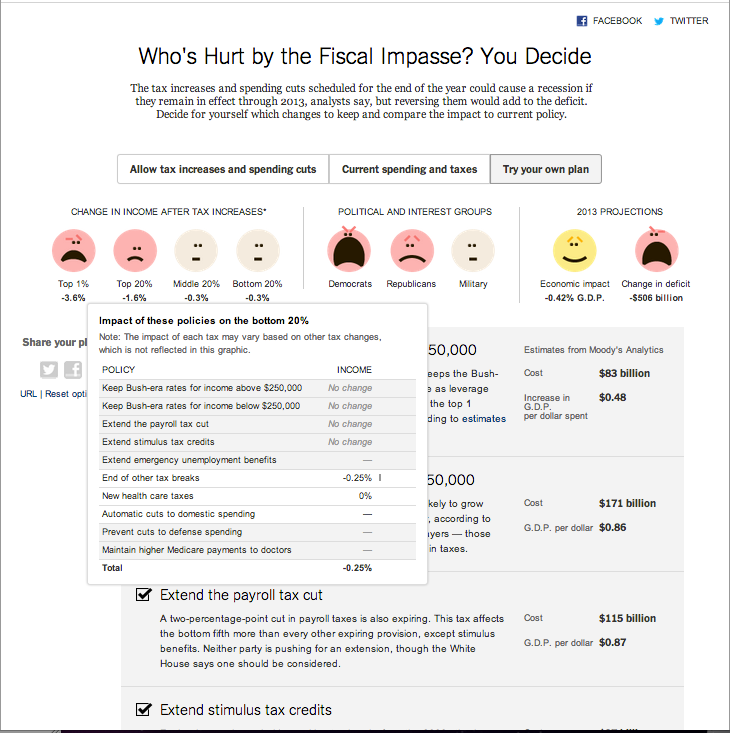“Games communicate differently than other media: They simulate processes rather than telling stories,” Ian Bogost, co-author of Newsgames: Journalism at Play, wrote in 2011. “For this reason, games are great at characterizing the complex behavior of systems. While traditional methods of newsmaking like writing and broadcasting may seem more sophisticated and respectable than videogames in theory, the opposite is true in practice.”
While some have bashed the medium, the benefits to creating newsgames are numerous, Chris O’Brien noted: higher levels of engagement, increased social sharing and upticks in traffic. But news organizations are often held back from creating their own newsgames because of the costs associated with creation, concerns over the complexity of programming and no clear way of monetizing.
Natalia Mazotte recently wrote about out how news organizations in Brazil created newsgames that put players in the role of undercover cops to understand the mafia, tested philosophical teachings by facing off philosophers themselves and rewarded correctly answered questions on sex education with a strip tease.
But this trend isn’t restricted to Brazil — it’s popping up on news outlets throughout the globe. With that in mind, here are four recent newsgames that demonstrate how the new format is deepening engagement and rewiring traditional journalism.

An “experiment in news game design” built for the April 2013 GEN Editors’ Hackathon, HeartSaver simulates the challenge of shuttling heart attack victims to the nearest hospitals in New York City, where half a million people are affected by heart disease. The game emphasizes the importance of speed in saving the lives of heart attack victims, as the American Heart Association says victims’ survival chances decrease by 10 percent every minute they wait to get to emergency rooms. Players are presented with a map of the city and are asked to drag victims, which pop up intermittently, to hospitals based on proximity and heart attack care ratings. Patients “live” or “die” based on each decision and the amount of time it takes to make them.

2. “Could you be a medalist?” by the Guardian
This retro style game allows players to input their personal records for different sports events, including the 100m sprint, 100m freestyle swim, 100km run and bicycle road races, to compare their performance with top-ranked Olympians. The game visually demonstrates how a user’s speed would stack up against competitors.

Players in this game take on the identity of 26-year-old Divya Patela, an Indian mother of four who makes a living laying bricks for $1.25 per day. To simulate the difficulties of living in extreme poverty, the game presents users with a series of multiple-choice decisions, such as whether to allow your daughter to accept a job that could lead to her being sold into sex trafficking. The game seamlessly integrates social by offering challenges that get Facebook friends involved, such as the one pictured in the above screenshot. The game ends when Divya runs out of money, based on the player’s decisions.

4. “Who’s Hurt by the Fiscal Impasse? You Decide” by The New York Times
This puzzle game prompts players to indicate how they feel about a number of U.S. tax and budget-related issues, such as emergency unemployment benefits. Each decision goes into an algorithm that calculates its economic impact and effect of the federal deficit. Additionally, it shows how families’ incomes would change, based on the proposed taxes to their economic strata. The overall plan is also evaluated in terms of how Democrats, Republicans and military officials would respond.
News organizations interested in creating their own newsgames can check out Game-O-Matic, a Knight News Challenge product that allows individuals to create games in minutes, just by diagramming.
